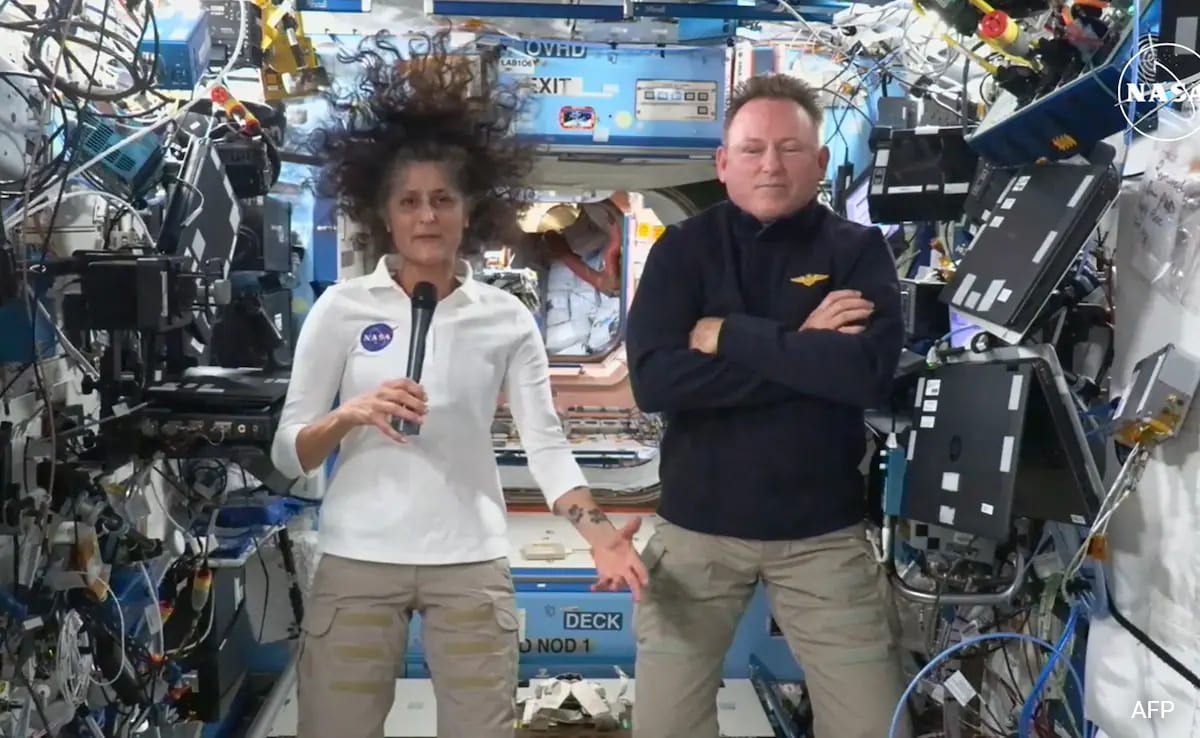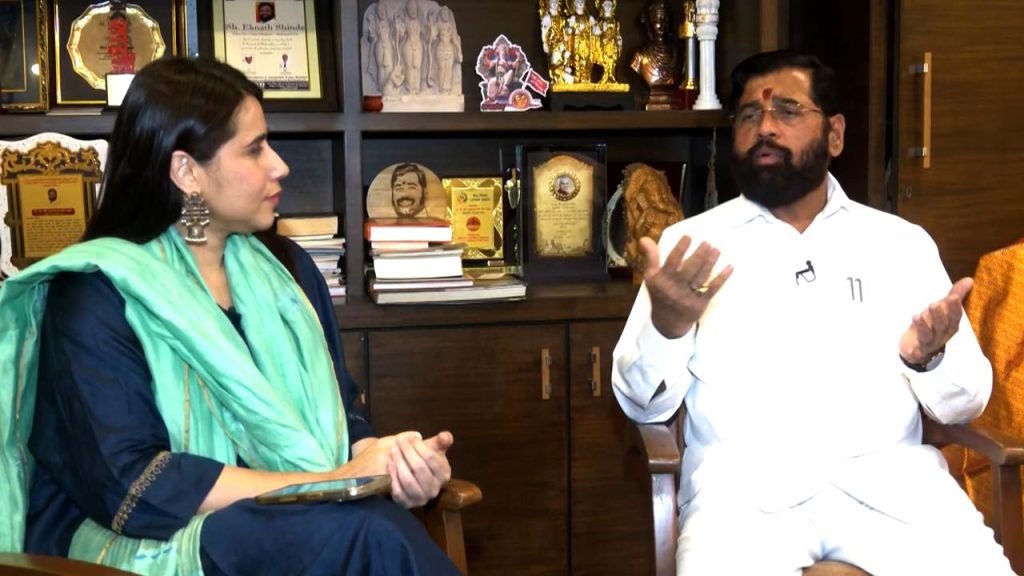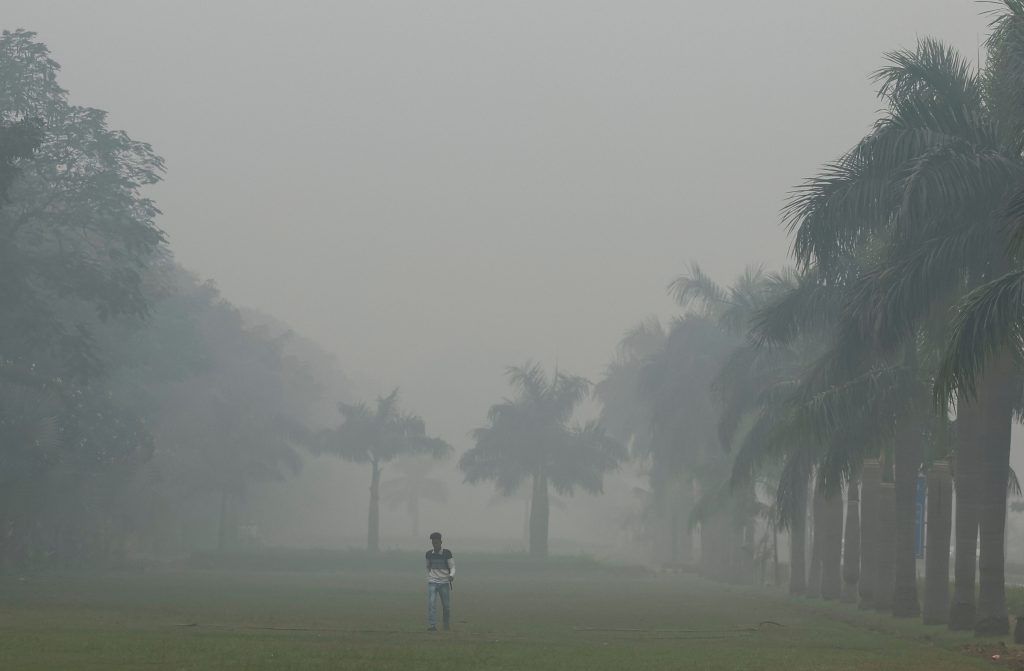As the US gears up for its November 5 presidential election, an extraordinary group of voters prepares to cast their ballots from an unconventional polling station – the International Space Station (ISS).
Astronauts stationed hundreds of miles above Earth are fully eligible to participate in the US elections, ensuring that even those orbiting the planet can exercise their right to vote.
Aboard the ISS are Boeing Starliner astronauts Butch Wilmore and Sunita Williams. Since their mission was extended in June 2024 due to safety protocols, they have announced their intention to vote in the US elections from space. They will be stuck in space until at least February 2025.
During a NASA press conference in September, Williams expressed her enthusiasm for voting from orbit, saying, “It’s a very important duty that we have as citizens, and [I am] looking forward to being able to vote from space, which is pretty cool.”
Wilmore added, “It’s a very important role that we all play as citizens, to be included in those elections, and NASA makes it very easy for us to do that. So we’re excited about that opportunity.”
This is not an isolated instance. Astronauts have cast their ballot from space since 1997, thanks to a Texas law. It was passed to support astronauts from Texas, where NASA’s Johnson Space Center is located, in staying involved in the democratic process while fulfilling their duties in space.
David Wolf was the first to vote from the now-defunct Mir Space Station in 1997. Since then, multiple astronauts have cast their ballots. Kate Rubins was the last astronaut to vote from the ISS during the 2020 US elections.
The voting process for astronauts is streamlined and secure. After applying for an absentee ballot, the astronauts complete their ballots electronically while aboard the ISS. NASA then encrypts the data and uploads it to an onboard computer, transmitting it via the agency’s Near Space Network.
This information is relayed through the Tracking and Data Relay Satellite System (TDRSS) to NASA’s White Sands Test Facility in New Mexico, before being forwarded to Mission Control in Houston. From there, the ballots are electronically sent to the respective county clerk’s offices for official processing.
NASA emphasises the significance of this connection in a recent blog post: “Astronauts forego many of the comforts afforded to those back on Earth as they embark on their journeys to space for the benefit of humanity. Though they are far from home, NASA’s networks connect them with their friends and family and give them the opportunity to participate in democracy and society while in orbit.”








